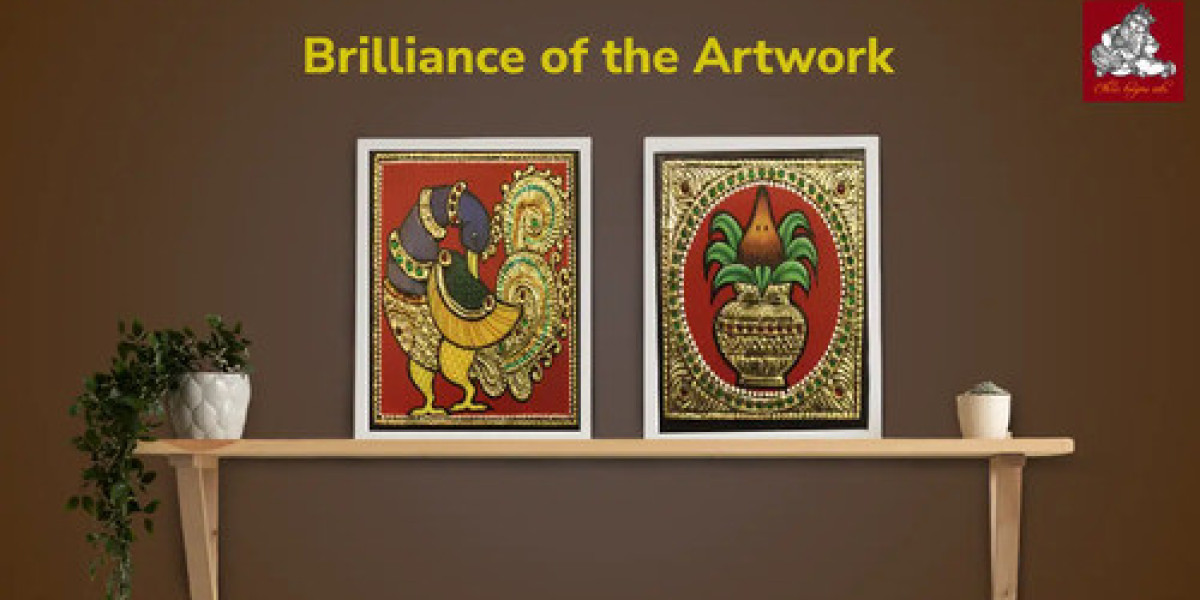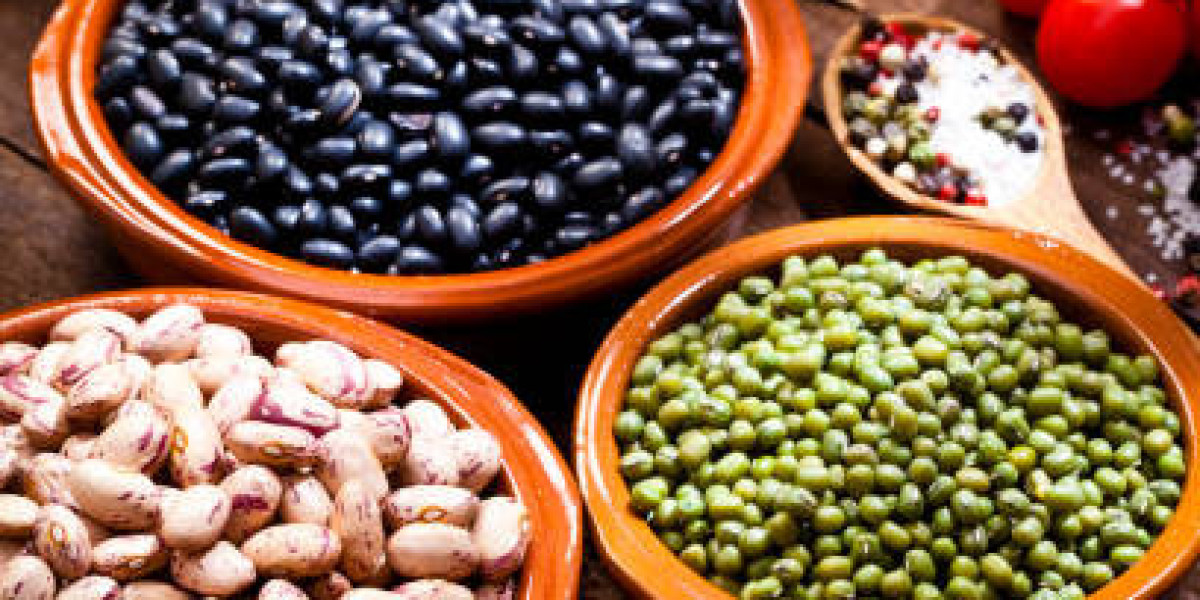Historical Background
The roots of Thanjavur painting trace back to the 16th century, during the reign of the Chola dynasty. This style of painting flourished under the patronage of various South Indian rulers and continued to thrive through the centuries. It reflects a blend of traditional South Indian themes with influences from European art, particularly seen in the use of gold foil and embossing techniques.
Artistic Characteristics
Thanjavur paintings are renowned for their elaborate detailing and the use of rich colors. Typically, these paintings depict Hindu gods and goddesses, scenes from ancient epics, and various religious motifs. The artists employ a unique method involving the application of layers of gesso to create a raised effect on the canvas, which is then embellished with gold foil, adding a distinctive texture and sheen.
One of the defining features of Thanjavur painting is its use of natural colors derived from minerals, vegetables, and organic materials. The colors are carefully chosen to ensure they remain vibrant and durable over time. Additionally, the application of gold foil not only enhances the visual appeal but also symbolizes divine and royal elements, linking the artwork to sacred traditions and regal patronage.
Craftsmanship and Techniques
Creating a Thanjavur painting is a meticulous process involving several stages. The process begins with sketching the design on a canvas or wooden board. Next, artists apply a mixture of chalk powder and glue to create a raised texture. Once this base is dry, the painting is outlined and filled with vibrant colors. The final step involves the application of gold foil, which is carefully adhered to the raised portions of the painting to create a striking contrast and a sense of opulence.
The level of detail in Thanjavur paintings is remarkable. Artists pay close attention to the intricacies of facial expressions, clothing, and accessories, often resulting in highly expressive and emotive pieces. This meticulous craftsmanship not only enhances the aesthetic value but also reflects the artist's deep reverence for the subjects depicted.
Preservation and Modern Influence
In recent years, there has been a concerted effort to preserve and promote Thanjavur painting. Various initiatives have been undertaken to support traditional artists and revitalize interest in this ancient art form. Workshops, exhibitions, and educational programs aim to ensure that the skills and techniques of Thanjavur painting are passed down to new generations.
Moreover, Thanjavur painting has seen a resurgence in contemporary art circles. Modern artists are experimenting with traditional techniques, integrating them into new artistic contexts, and expanding the scope of this classic art form. This fusion of old and new not only breathes new life into Thanjavur painting but also keeps it relevant in today's global art scene.
Conclusion
Thanjavur painting remains a vibrant and cherished aspect of India's artistic heritage. Its intricate beauty, historical significance, and unique craftsmanship continue to captivate art lovers and collectors worldwide. As both a historical artifact and a living tradition, Thanjavur painting exemplifies the enduring legacy of Indian art and culture.








